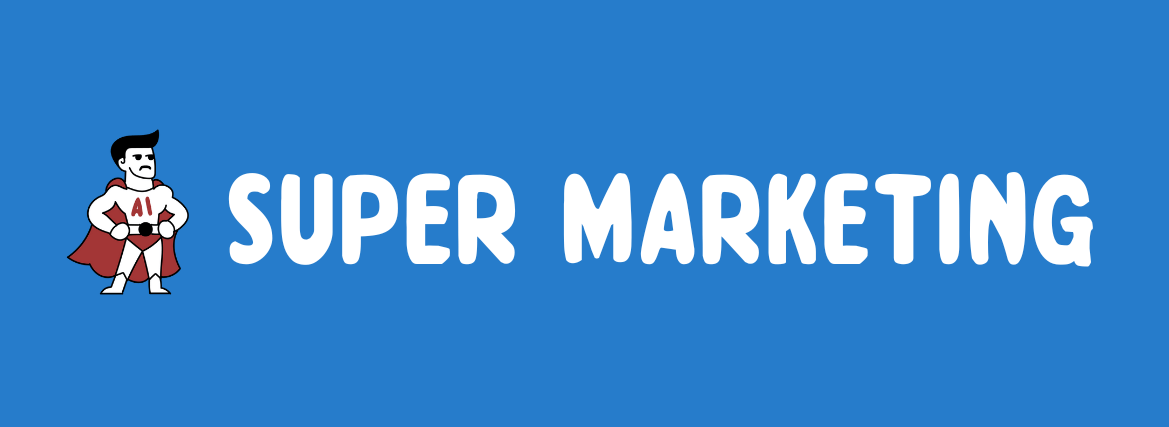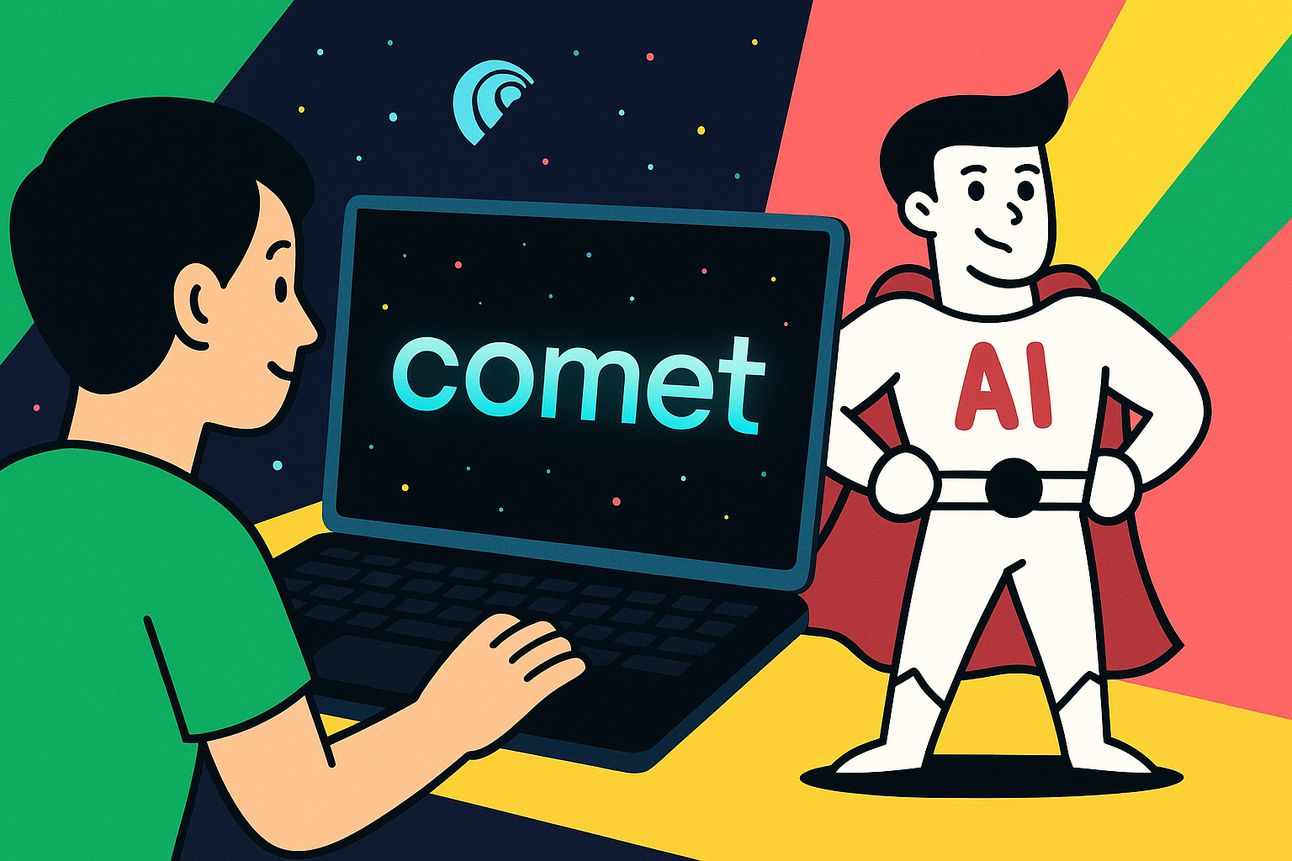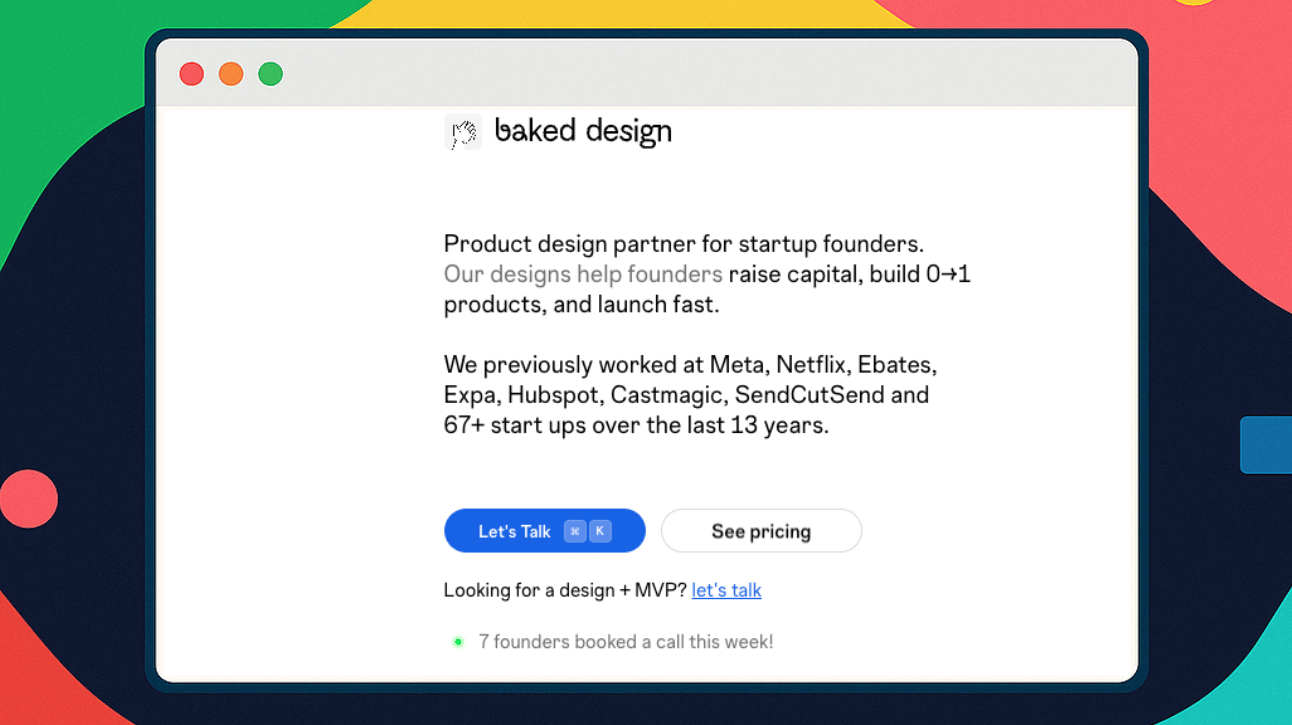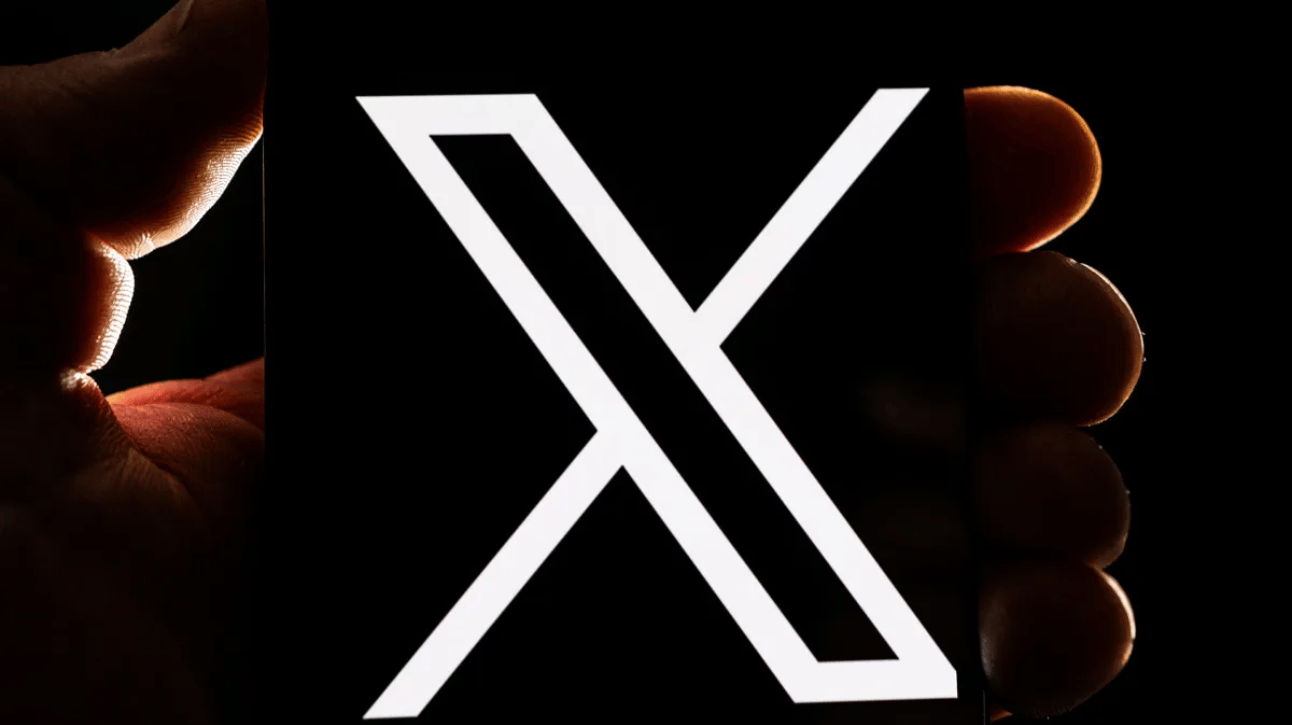- Super Marketing
- Posts
- AI Browsers are the New Battleground ⚔️
AI Browsers are the New Battleground ⚔️
Also: Why Perplexity and OpenAI are challenging Chrome

Good morning. Welcome back to Super Marketing. If you're new here, this is where we track the newest AI tools, creator updates, and marketing moves that actually work—without the noise. You can browse past releases here when you need them.
BIG MOVES
The AI browser wars are about to begin

AI is already writing an obituary for the internet as we know it, yet everyone's building new web browsers. Perplexity teased a new browser called Comet, and OpenAI has reportedly been working on one for over six months.
It's been a long time since we've seen a proper browser war. The first saw Microsoft's Internet Explorer defeat Netscape decisively. The second, running from roughly 2004 to 2017, brought us Firefox and Chrome, which eventually killed Internet Explorer. Today, most web users rely on Chrome.
But two forces are creating the perfect storm for a third browser war. First, Chrome is under direct assault from the US government, which is trying to force Google to divest it as a remedy to the company's search monopoly. Whether or not that succeeds, it's a hugely distracting battle that opens room for competition.
The second force is AI. Just as ChatGPT highlighted users' dissatisfaction with web search before 2022, these new browsers may reveal that Chrome no longer serves them effectively.
NEW MARKETING TOOLS
We’re also rolling out ChatGPT record mode to Team users on macOS.
Capture any meeting, brainstorm, or voice note. ChatGPT will transcribe it, pull out the key points, and turn it into follow-ups, plans, or even code.
Coming soon to Plus, Pro, Enterprise, and Edu.
— OpenAI (@OpenAI)
5:43 PM • Jun 4, 2025
1. ChatGPT Record Mode — Meeting transcripts that actually work
On the ChatGPT MacOS desktop app, you can record meetings and get both full transcripts and detailed summaries with citations. ChatGPT can reference these transcripts for further tasks in new chats. Currently available only on the Team plan.
Use it if: you're tired of manually taking meeting notes or want searchable records of client calls and team discussions.
2. Bland — Voice cloning that crosses the uncanny valley
Bland TTS solved one-shot style transfer of human speech. From a single, brief MP3, you can clone any voice or remix another clone's style with precise control over tone, cadence, and pronunciation.
Use it if: you need realistic voice tracks for content, want to build custom voice apps, or need AI-driven support lines that sound natural enough for customers to save as contacts.
3. Narrow — Smart inbox built for LinkedIn users
Narrow cuts through LinkedIn message chaos with intelligent filtering and organization, helping you focus on messages that actually matter for your business.
Use it if: you're drowning in LinkedIn messages and need a better way to manage outreach, partnerships, and genuine opportunities.
MONETIZE THIS
Designer hits $1.2M ARR by firing all his clients

Nick from Baked Design quit his $300k/year Meta job with just $10k in savings, built a following on X, and started a productized design service. Then he fired all his clients and grew a new service to $1.2M ARR within a year.
His secret? No backup plan forced him to move fast. He spent months doing free design "roasts" on X, building credibility in the indie hacking community. When he launched higher-priced packages, one viral post with 110k+ impressions led to his first $4,317 subscription payment.
The key was listening first, then showing real work with real timelines.
FROM BIG BRANDS
X launches encrypted chat as payments precursor

X is rolling out a new Chat experience in beta with enhanced privacy and encryption as foundational elements. Users need to create a four-digit code to set up their chat profile, adding another security layer.
The added security points to DMs becoming central to X's coming payments push. Elon's vision is to create a Western version of WeChat, where messaging becomes the hub for transactions, savings, and daily financial activities.
It's difficult to say if this will work. Meta tried something similar with Messenger in 2016, citing WeChat as inspiration for incorporating payments via Facebook Pay and eventually Libra. Only Facebook Pay remains from that effort, and even that has struggled with adoption.
Every major platform wants streamlined, in-stream payments, but Western users have generally preferred keeping their social media and shopping experiences separate.
🔥 PRESS WORTHY
Perplexity launched Labs - New mode combining deep research, code generation, and image creation for complex tasks
Meta reportedly in talks to invest billions in Scale AI, potentially exceeding $10 billion
Perplexity received 780 million queries last month with 20%+ monthly growth
Google's updated Gemini 2.5 Pro claims better performance at programming tasks